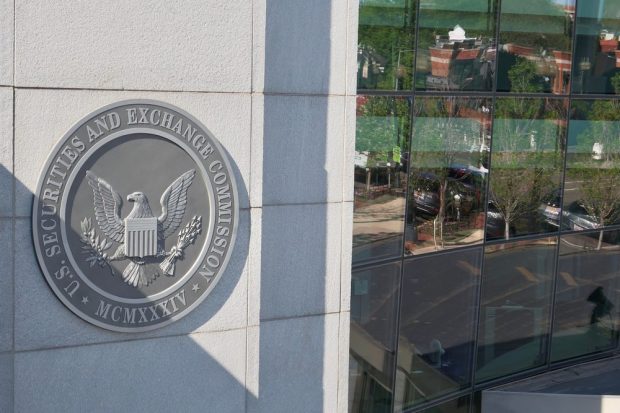SEC Stablecoin Actions Take Aim at Crypto Market Backbone

Gary Gensler’s 2023 resolution must have been to reign in the crypto industry.
This, as the U.S. Securities and Exchange Commission (SEC) chairman has issued a number of warning shots across the bow of the digital asset industry since the start of the new year, each with huge potential implications for the crypto landscape.
Gensler has repeatedly stated that most crypto tokens in issuance are securities, all 10+ thousand of them, as there are virtually always business interests associated with each token effort.
The crypto industry disagrees, and the lack of regulatory clarity in the U.S. has seen many companies incorporate themselves overseas — at times to disastrous results for both themselves and their customers.
The SEC’s latest enforcement actions appear to be targeting stablecoins in particular.
Bringing stablecoins into the “regulatory perimeter” was listed as a key “regulatory win” by Coinbase CEO Brian Armstrong on his company’s fourth quarter 2022 earnings call Tuesday (Feb. 21).
Still, Armstrong also emphasized that, in his view, “USD Coin (USDC) is not a security.”
USDC is the crypto exchange’s own digital dollar stablecoin issued in partnership with peer-to-peer payments company Circle.
Read More: Regulators Clear Stablecoin Path for Reluctant Banks
As reported by PYMNTS on Feb. 16, the SEC announced charges against Singapore-based Terraform Labs, the company behind the failed TerraUSD stablecoin, and its founder, Do Hyeong Kwon.
TerraUSD had been the third-largest stablecoin by market cap before collapsing in May 2022. The SEC alleges that Terraform Labs and Kwon marketed crypto asset securities to investors seeking to earn a profit while misleading them about the value and stability of their products.
“This case demonstrates the lengths to which some crypto firms will go to avoid complying with the securities laws, but it also demonstrates the strength and commitment of the SEC’s dedicated public servants.” Gensler said in a press release announcing the action.
“Today’s action … once again highlights that we look to the economic realities of an offering, not the labels put on it,” added Gurbir S. Grewal, director of the SEC’s Division of Enforcement.
Separately, the regulatory agency, in tandem with the New York Department of Financial Services (NYDFS), sent Paxos Trust Company, the firm behind Binance’s BUSD stablecoin, a Wells Notice informing the crypto company it should’ve registered the BUSD product as a security and that the SEC is considering taking action.
In response to the Paxos news, PayPal reportedly paused its own in-the-works stablecoin project.
“Paxos categorically disagrees with the SEC staff because BUSD is not a security under the federal securities laws … We will engage with the SEC staff on this issue and are prepared to vigorously litigate if necessary. We believe unequivocally that BUSD is not a security,” the company wrote in a statement.
Paxos on Tuesday (Feb. 21) stopped the issuance of newly minted BUSD stablecoins.
Crypto Industry in a Holding Pattern
The crypto industry has criticized the SEC’s broad crackdown as “regulation by enforcement,” and at least one agency commissioner, Commissioner Hester M. Peirce, has dissented against the SEC’s recent crypto industry actions, saying, “Instead of taking the path of thinking through… and issuing guidance, we again chose to speak through an enforcement action.”
“Nothing about the crypto markets is incompatible with the securities laws,” Gensler has said.
As PYMNTS has written, stablecoins are digital assets that aim to maintain a stable value relative to a reference asset, generally a national currency. They use distributed ledger technology (DLT) platforms such as the blockchain to do so. Key questions about their fundamental nature are still being debated, such as just what they are (securities or assets); what are they backed with (straight one-to-one currencies or baskets of liquid holdings); and what will or can they be used for beyond just the facilitating, trading, lending, or borrowing of other digital assets, primarily cryptocurrencies.
Regulators have expressed concern about the disclosures stablecoin issuers provide and how they are marketed, as well as drawn attention to the potential of stablecoin instability during periods of stress.
By now, a long list of regulatory enforcements have provided a clear hint of what standards the SEC believes digit assets should comply with.
It remains to be seen whether industry actors agree, much less comply, with the wide net the SEC has cast, but a little good faith effort can go a long way.
For all PYMNTS crypto coverage, subscribe to the daily Crypto Newsletter.
